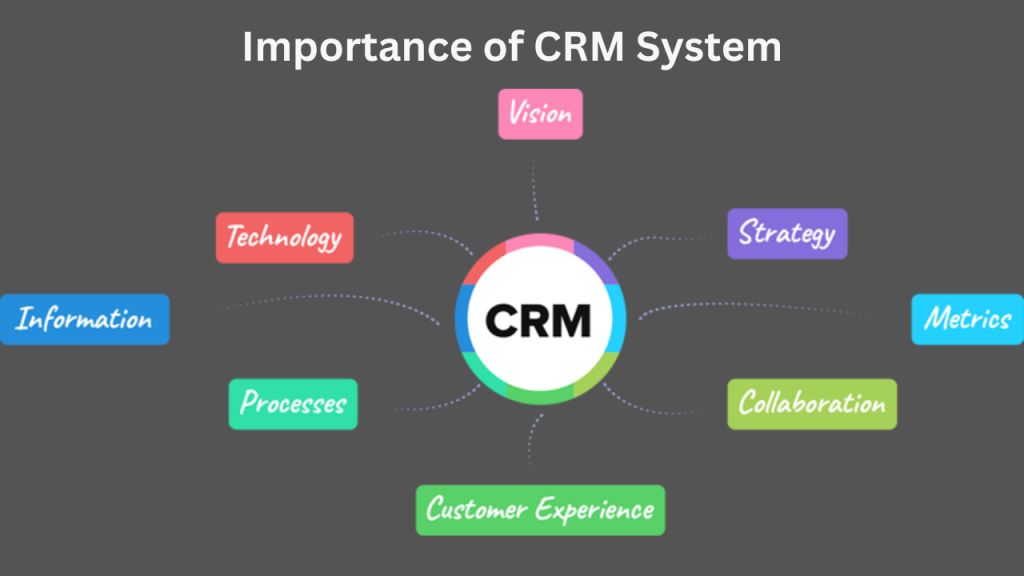"Rev Up Your E-commerce Game with CRM: Best Practices for Success"
"Rev Up Your E-commerce Game with CRM: Best Practices for Success"

"Rev Up Your E-commerce Game with CRM: Best Practices for Success"
As an e-commerce business owner, you’re constantly on the lookout for ways to boost sales, build customer loyalty, and stay ahead of the competition. One game-changing tool that can help you achieve these goals is Customer Relationship Management (CRM) software. In this article, we’ll break down the best practices for using CRM in e-commerce, so you can maximize your ROI and take your online store to the next level.
What is CRM, and Why Do I Need It?
CRM is a technology that helps you manage interactions with your customers and potential customers. It’s a centralized platform where you can store customer data, track conversations, analyze behavior, and personalize experiences. By using CRM, you can:
- Get a 360-degree view of your customers
- Build stronger relationships through timely and relevant engagement
- Identify sales opportunities and close deals faster
- Improve customer satisfaction and loyalty
Choosing the Right CRM for Your E-commerce Business

Not all CRMs are created equal. When selecting a CRM for your e-commerce business, consider the following factors:
- Integration: Look for a CRM that seamlessly integrates with your e-commerce platform (e.g., Shopify, Magento, or WooCommerce).
- Ease of use: Choose a CRM with an intuitive interface that’s easy to navigate, even for non-techies.
- Scalability: Opt for a CRM that grows with your business, offering flexible pricing plans and customizable features.
- Customer support: Ensure the CRM provider offers reliable customer support, including documentation, tutorials, and live assistance.
Best Practices for Using CRM in E-commerce
Now that you’ve chosen a CRM, it’s time to put it to work for your e-commerce business. Here are some best practices to get you started:
- Set up a customer segmentation system: Divide your customers into groups based on demographics, purchase history, and behavior. This will help you tailor your marketing efforts and improve engagement.
- Use automation to streamline workflows: Automate repetitive tasks, such as email follow-ups and order tracking, to free up time for more strategic activities.
- Leverage data and analytics: Use CRM data to analyze customer behavior, track sales trends, and identify areas for improvement.
- Personalize customer interactions: Use CRM data to create targeted marketing campaigns, offer personalized product recommendations, and tailor your customer service approach.
- Foster a customer-centric culture: Empower your customer service team to use CRM data to resolve issues quickly and efficiently.
- Monitor and respond to reviews: Use CRM to track customer reviews and feedback, and respond promptly to both positive and negative comments.
- Use CRM to enhance your product offerings: Analyze customer data to identify gaps in your product offerings and make informed decisions about new product development.
Real-Life Examples of CRM in E-commerce
Let’s take a look at some examples of e-commerce businesses that are using CRM to drive success:
- Amazon: Amazon uses CRM to personalize product recommendations, offer customized promotions, and improve customer service.
- Sephora: Sephora uses CRM to track customer loyalty, offer personalized beauty advice, and create targeted marketing campaigns.
- Zappos: Zappos uses CRM to provide exceptional customer service, track customer loyalty, and offer personalized product recommendations.
Common CRM Mistakes to Avoid
While CRM can be a powerful tool for e-commerce businesses, it’s not without its pitfalls. Here are some common mistakes to avoid:
- Data overload: Don’t try to collect too much data. Focus on the metrics that matter most to your business.
- Poor data quality: Ensure that your CRM data is accurate, up-to-date, and free of errors.
- Failing to integrate with other tools: Don’t silo your CRM data. Integrate it with other tools, such as marketing automation and customer service software.
- Not training your team: Provide adequate training for your team on how to use CRM effectively.
Conclusion
CRM is a powerful tool for e-commerce businesses looking to boost sales, build customer loyalty, and stay ahead of the competition. By choosing the right CRM, setting up a customer segmentation system, using automation to streamline workflows, and leveraging data and analytics, you can unlock the full potential of CRM for your e-commerce business. Remember to avoid common CRM mistakes and focus on building a customer-centric culture that puts the needs of your customers first.
Actionable Tips for E-commerce Business Owners
- Sign up for a CRM trial: Try before you buy to ensure the CRM is right for your business.
- Start small: Focus on a few key features and build from there.
- Set clear goals: Define what you want to achieve with CRM and track your progress.
- Monitor and adjust: Continuously monitor your CRM data and adjust your strategy as needed.
By following these best practices, avoiding common mistakes, and leveraging the power of CRM, you can take your e-commerce business to the next level and achieve long-term success.
